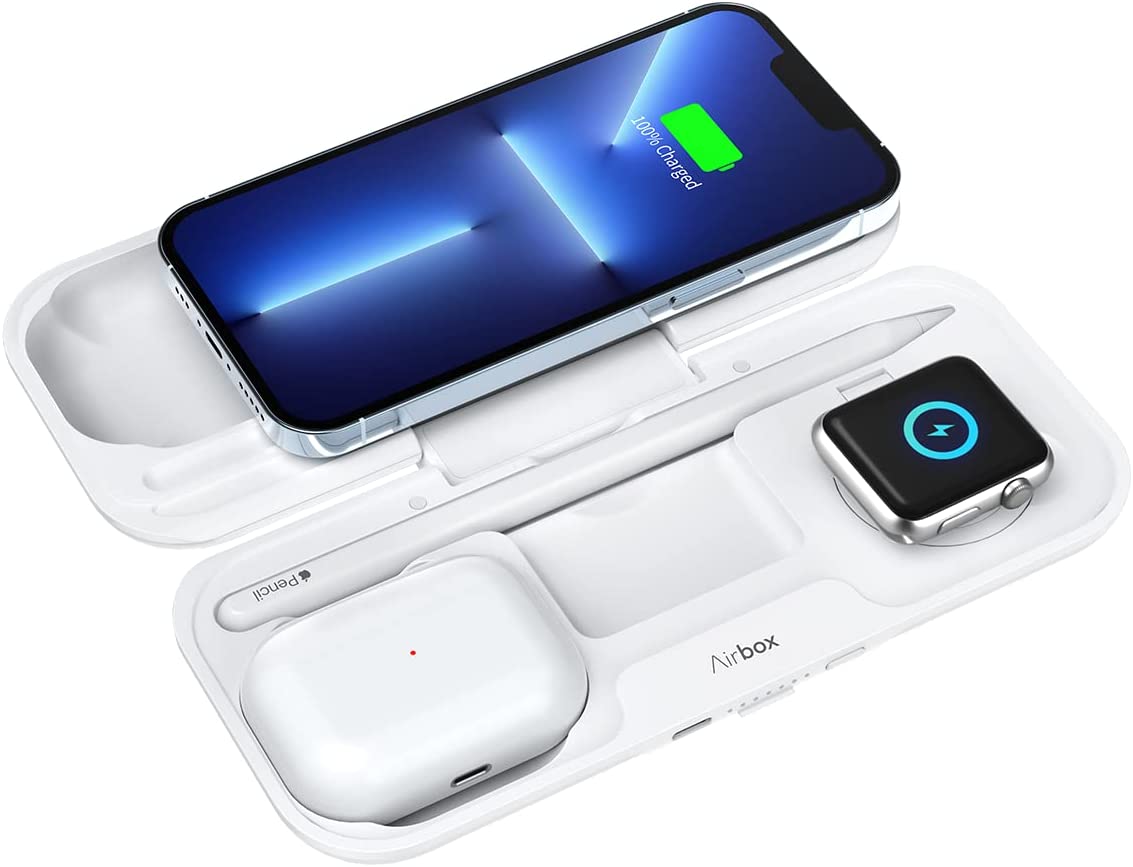
Teaching a child or a teenager to code can give them a sense of pride, or even put them on track for a career in technology. That’s why the Raspberry Pi Foundation is now launching its online Code Editor in beta. It’s a free and simple tool that lets you run, save, and export code from the browser.
We’re very excited about this Code Editor. Because it’s browser-based, it’s an ideal solution for kids who are learning to code in school—you can fire up the Code Editor from anywhere (even on a cheap tablet) and recall all of your work. In time, Raspberry Pi’s Code Editor will also support project sharing and collaboration.
Of course, the goal here is pretty straightforward. Raspberry Pi wants to introduce young people to text-based coding. This editor is intended as a “next step” after a child or teenager has played with rudimentary block-based coding systems, such as Scratch.
Python is the preferred coding language for beginners (particularly young people), as it’s the most intuitive language utilized by professionals. For this reason, Raspberry Pi’s Code Editor uses Python (specifically the standard library and P5). Support for web development languages, including HTML, CSS, and JavaScript will arrive at a later date.
The Code Editor is in beta, though it’s already fairly robust. Along with export and saving features, the Code Editor has an autocomplete function that takes away some guesswork. This coding environment also contains some tutorials from Raspberry Pi’s “Introduction to Python” course, though kids will still need guidance from an adult.
But because this is a browser-based editor, it faces a few limitations. You can’t use the Code Editor to control external hardware, for example. Teachers and parents may want to use this as a supplemental tool alongside traditional editors (such as Thonny, which is free and comes preinstalled on Raspberry Pi hardware).
You can test the Raspberry Pi online Code Editor today. It’s totally free, though you need to make an account to save projects. To reiterate, this tool is in beta—it will slowly gain new features and tutorials.
Source: Raspberry Pi







